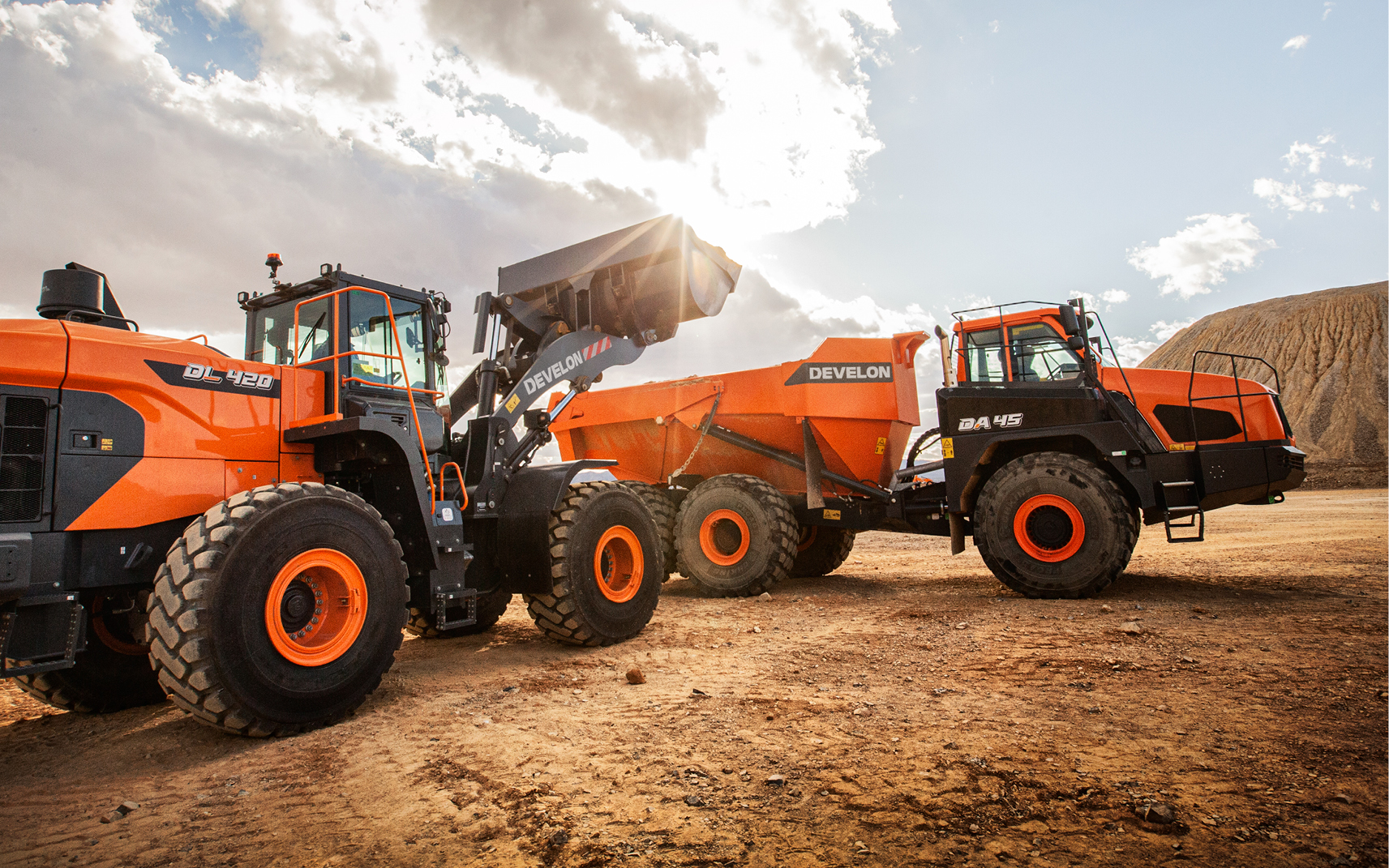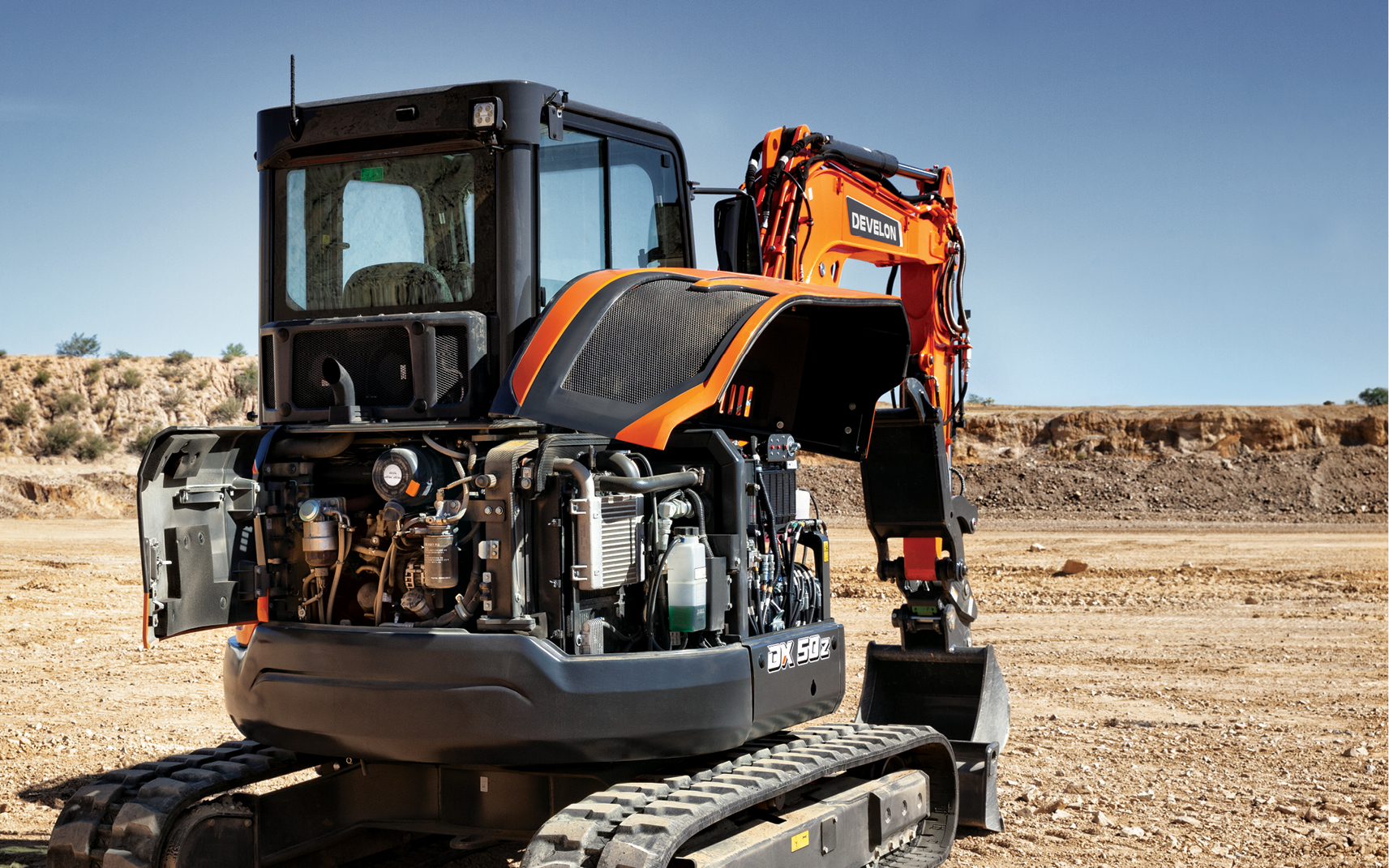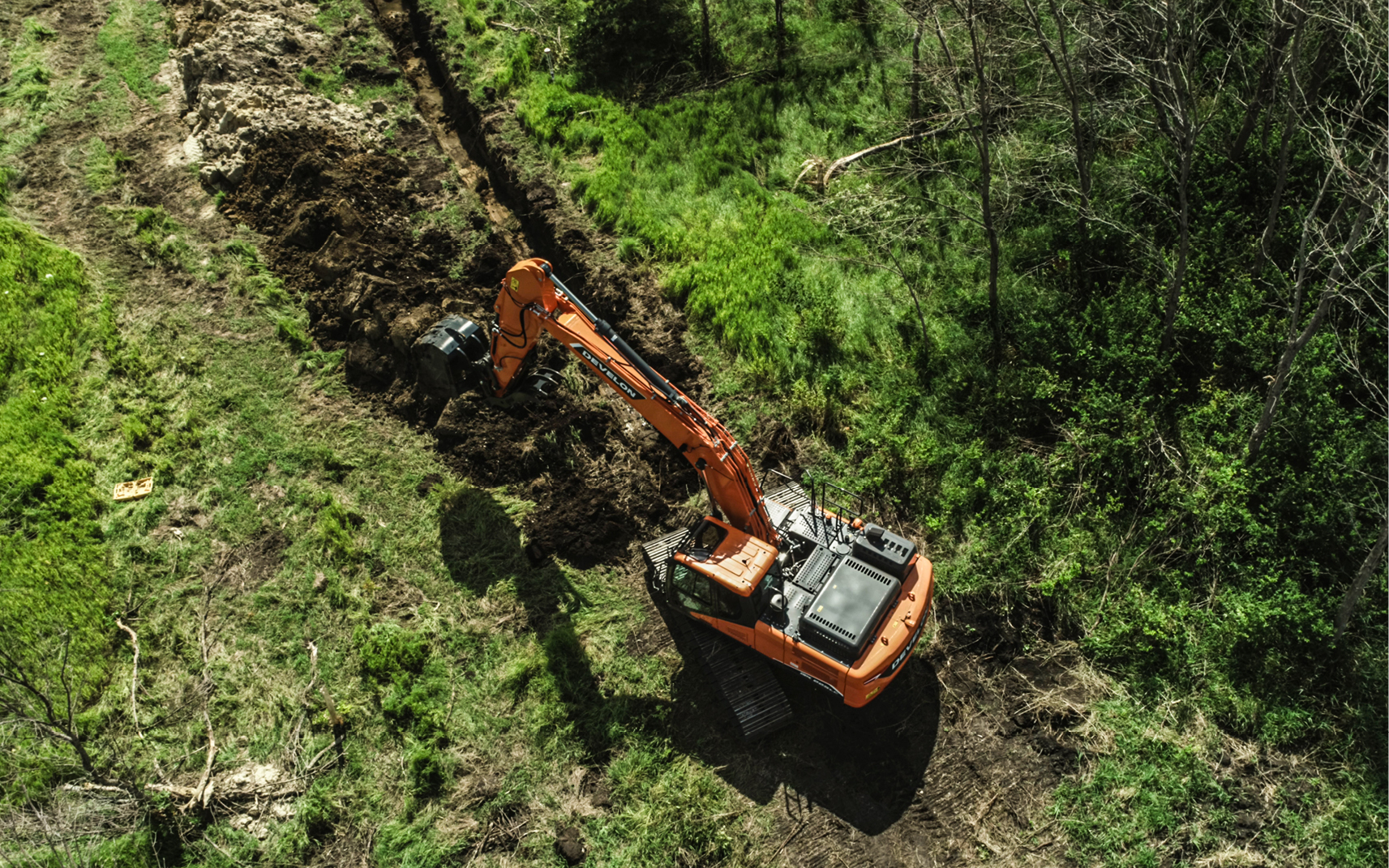Lifting heavy objects is a routine task on construction sites. Objects come in various sizes, shapes and weights to facilitate building and infrastructure development.
Crawler and mini excavators are the machines most frequently utilized for lifting tasks on construction job sites. These versatile machines are specifically designed to handle lifting and placing building materials.
When employing an excavator for lifting operations, it’s crucial to have a comprehensive understanding of the excavator and its stability or tipping capacity. Start by familiarizing yourself with your excavator’s lifting abilities. Consult the operation and maintenance manual and examine the instructional decals affixed to the machine. Additionally, here are some key factors to consider.
How Much Can an Excavator Lift?
How much your excavator can lift will depend on several factors. These factors include:
- Angle and position
- Boom length and arm length
- Counterweight
- Excavator size and weight
- Ground stability
- Hydraulic capacity
- Working radius
In the construction equipment industry, excavators are classified based on their operating weight. Excavators come in a range of sizes, starting at a few tons and going up to larger machines that weigh over 100 tons. The lifting capacity of an excavator is typically defined for a specific radius or distance from the excavator’s center of rotation. The center of rotation, also referred to as the swing center or pivot point, is the point around which the upper structure of the excavator rotates.
Understanding Excavator Lifting Capacity
Generally speaking, larger and heavier excavators have a higher lifting capacity than smaller excavators. For instance, a compact excavator weighing five tons may have a lifting capacity of approximately one ton at a radius of two meters. Conversely, a larger excavator weighing 50 tons or more can have a lifting capacity of 10 tons or more at a similar radius. It’s recommended that the weight of the load being lifted not exceed 75 percent of the excavator’s maximum lifting capacity.
Your excavator operation and maintenance manual features a load chart, also known as an excavator lift chart or capacity table. This chart or table is a graphical representation that outlines the excavator’s safe lifting capacities under different operating conditions. The excavator’s load chart is specific to each model and is an essential reference tool for operators involved in lifting operations.
The excavator load chart notes five key components that should be considered before any work begins. These include:
- Excavator’s boom and arm configuration: lengths and combinations that can be used
- Working radius
- Lift heights
- Operating conditions: firm ground, slopes, etc.
- Safety factors, including wind conditions
Safely Loading an Excavator
Before you load any material with an excavator, verify the machine setup by ensuring that the excavator is on stable ground and in a level position. Engage the parking brake and adhere to the manufacturer’s other guidelines for proper setup.
Double-check the load limits to determine the maximum lifting capacity at the specific working radius and boom configuration for your excavator. Once again, do not exceed 75% of the excavator’s maximum lifting capacity.
Select the appropriate lifting attachment based on the characteristics of the load. Lifting attachments may include slings, chains or lifting hooks, which are specifically designed to securely handle the loads and evenly distribute the weight. Employ proper rigging techniques for connecting to the bucket lift point. Utilize a quick coupler to easily change lifting attachments to match the task.
Plan ahead for your approach path and consider any obstacles, space constraints and overhead clearance to ensure a safe loading process. Communicate with employees on the ground or individuals involved in the loading operation.
Maintain stability during the loading process. Keep the load within the safe working radius and avoid excessive boom extension. Keep a close eye on the load position as it is being lifted. Go slowly to avoid sudden movements and maintain control throughout the lifting process.
Whenever you’re loading an excavator, it’s important to adhere to the proper safety precautions, regulations and guidelines to prevent accidents and ensure the well-being of your employees. It’s recommended to regularly inspect your excavator, attachments and components for signs of wear or damage. Work with a local dealer to make any necessary repairs and make sure your excavator is capable of lifting objects safely.
Find a dealer in your area to learn more about the best excavator model for your lifting needs.
Before you load any material with an excavator, verify the machine setup by ensuring that the excavator is on stable ground and in a level position.”Thomas Lee, Director of Product Management, DEVELON North America



